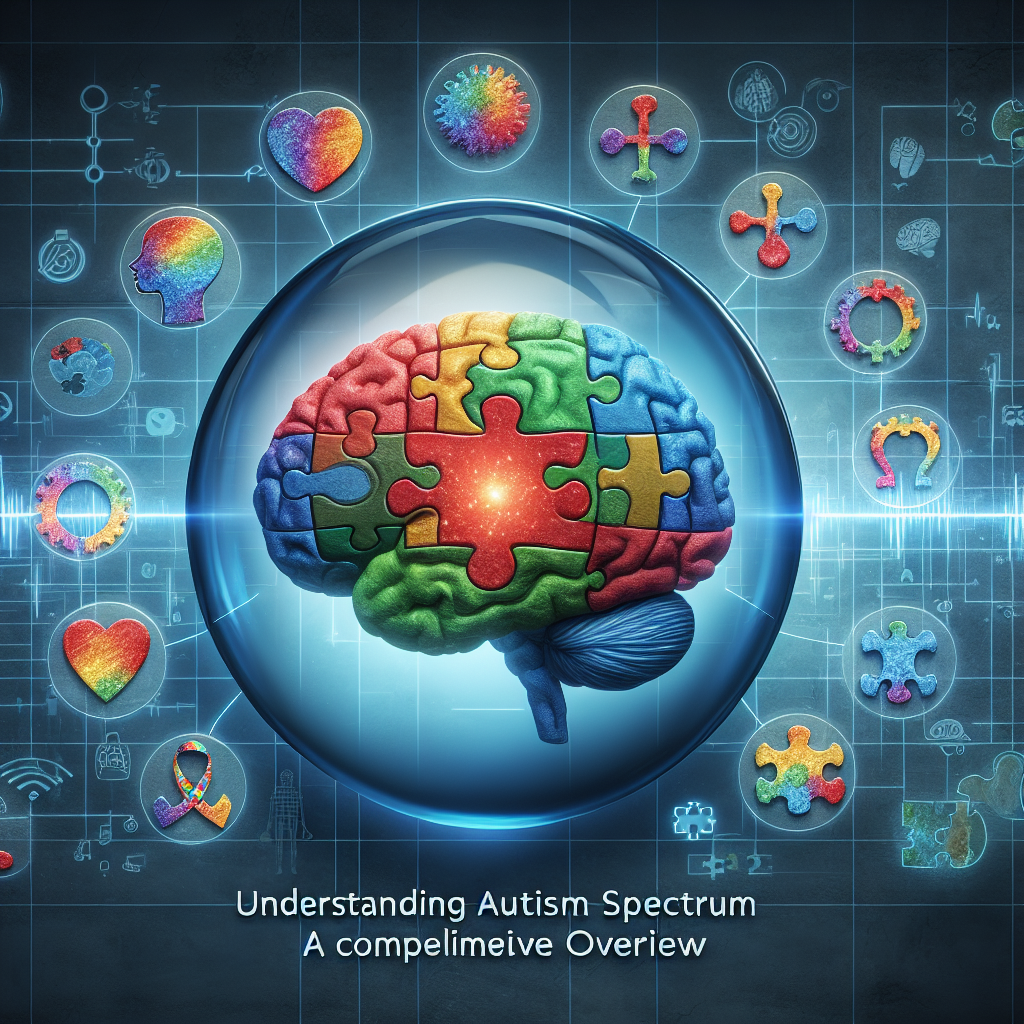Autism Spectrum Disorder (ASD) is a neurodevelopmental disorder characterized by difficulty in social interactions, communication issues, and repetitive or restrictive behaviors. It includes conditions previously categorized separately, such as autistic disorder, Asperger’s syndrome, childhood disintegrative disorder, and unspecified pervasive developmental disorder.
The term ‘spectrum’ refers to a wide range of symptoms, abilities, and disabilities that individuals with ASD can have. Each individual with ASD is unique, with some exhibiting mild symptoms, and others experiencing more significant disabilities.
Understanding ASD requires insight into its symptoms, causes, diagnosis, and treatment options. This article aims to present a comprehensive overview of ASD by examining these components.
Symptoms of ASD
Symptoms of ASD often emerge in early childhood, typically before three years of age. They involve persistent deficits in social interaction and communication, accompanied by restricted, repetitive patterns of behavior.
Social interaction and communication difficulties can include lack of socio-emotional reciprocity, challenges in nonverbal communicative behaviors, difficulty building and maintaining relationships.
Repetitive behaviors and restricted interests can vary significantly among individuals with ASD. Some might engage in repetitive motor movements, adhere to inflexible routines, exhibit highly fixated interests that are abnormal in intensity or focus, or display hyper or hypo reactivity to sensory input.
Causes of ASD
While the exact causes of ASD are still unknown, research has linked it to various factors. These include genetic mutations and complications during pregnancy or birth, such as advanced parental age at conception, maternal illness, certain prenatal medications, and premature birth.
Environmental factors such as exposure to toxins, certain viral infections during pregnancy, and early nutritional deficiencies are also suspected to contribute to the risk of ASD.
Diagnosis of ASD
Diagnosis of ASD involves considering the individual’s behavior and development. ASD can be reliably diagnosed as early as age 2. It involves two stages: a developmental screening and a comprehensive diagnostic evaluation.
Early intervention affords the best opportunity to support healthy development and deliver benefits across the lifespan, so it’s crucial to seek diagnosis if ASD is suspected.
Treatments for ASD
Treatment for ASD aims to minimize the individuals’ difficulties while enhancing their strengths and abilities. This involves a multi-disciplinary approach incorporating behavioral, educational, and family therapy, medications, and other interventions depending on the individual’s needs.
While there is no cure for ASD, appropriate management can improve the quality of life significantly.
Researchers are continually seeking to understand ASD better. This understanding can result in improved detection methods, interventions, and support, benefiting individuals with ASD and their families.
Conclusion
Understanding Autism Spectrum Disorder is crucial as it affects many families worldwide. Although ASD comes with challenges, recognizing and understanding these challenges are the first step towards managing them efficiently. Comprehensive support involving families, healthcare professionals, and society can enhance the quality of life for individuals with ASD and their loved ones.
FAQs
- What is Autism Spectrum Disorder?
Autism Spectrum Disorder (ASD) is a neurodevelopmental disorder characterized by challenges with social skills, repetitive behaviors, and communication.
- What causes ASD?
The exact cause of ASD is unknown. However, it’s believed that a combination of genetic and environmental factors contribute to the disorder.
- How is ASD diagnosed?
Diagnosis of ASD often involves a two-step process: a developmental screening during a “well-child” check-up, and a comprehensive diagnostic evaluation.
- Is there a cure for ASD?
Currently, there is no cure for ASD, but targeted therapies and interventions can improve functioning and quality of life.
- Can adults be diagnosed with ASD?
Though ASD is typically diagnosed in childhood, it’s possible for adults who have been previously undiagnosed to receive a diagnosis.

Leave a Reply